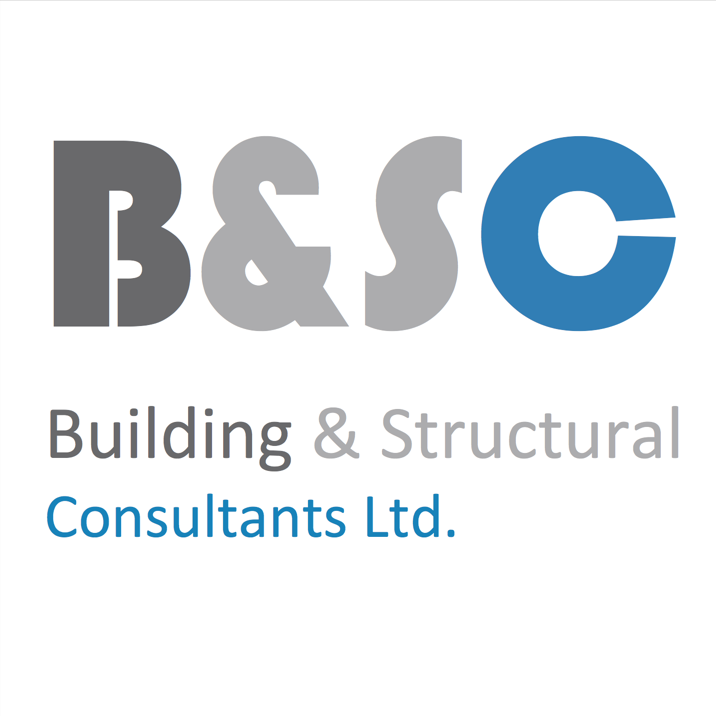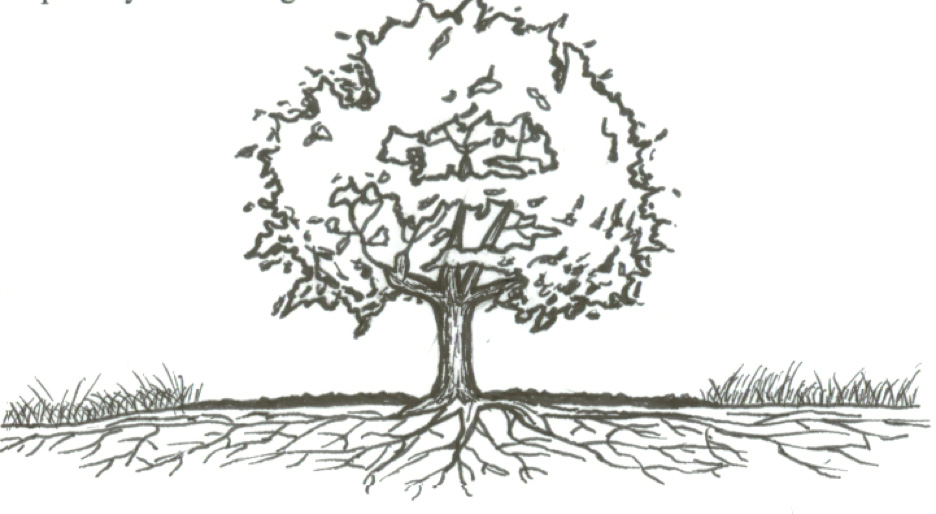Absolutely it is!
All clay subsidence is caused by a combination of tree roots beneath foundations, shrinkable clay and prolonged hot/dry weather.
Remove any one of those elements and the problem disappears. Live tree roots are of course the easiest element to remove. You don’t have to grub up the stump or remove the roots, as long as they’re not taking moisture, they don’t pose a threat. Tree removal or a root barrier both have the same effect in that respect; making the roots beneath the building dead and ineffective. Many people worry that tree removal “causes heave”. However, only in very rare cases is that a problem, in most cases heave (or “recovery” as I prefer to call desirable clay swelling) is exactly what you do want! Subsidence Consultants know when heave of an excessive magnitude is a risk and would carry out a heave analysis accordingly. A root barrier is much more expensive than felling the tree, but sometimes is the only practical option if the tree can’t be removed, or it is the more desired option to preserve the tree.
A much more expensive option which also preserves the tree is to extend the foundation down below the root zone – that’s underpinning which will be discussed in a future blog.
Unfortunately, the weather is just getting hotter currently, and that fact is not likely to change any time soon. With regards to the shrinkable clay, there are ground injection techniques on the market which reduce the shrinkability, but the jury is out on those for me as I see difficulties and risks in them which I will discuss in detail in a future blog.
Avoiding subsidence occurring is an extremely good idea for several key reasons;
Once your property has had subsidence you are obliged to inform your insurers, your mortgage lender and any future purchaser, whether you’ve cured the subsidence and repaired the building at your own cost or not.
Telling your insurer might result in an increased future premium or in some extreme cases, total withdrawal of cover has been known to happen. There are specialist insurers who will offer cover to repaired and stabilised properties which have had subsidence in the past, but they are expensive. There is a database called the Claims and Underwriting Exchange that most insurers use on which they share data about claims reported (intended for fraud prevention purposes), so a prospective insurer may well discover about a past report of subsidence to another insurer and may refuse to offer cover unless they were convinced that the risk of repeat movement was low. Some find it easier to just say no and pass the problem on to a competitor.
Most buyers will not (and often cannot) buy houses with continuing subsidence problems, and many will not buy one that has a recent history of subsidence, for a variety of reasons. An episode of subsidence diminishes the value of a property significantly, even after it has been resolved. The property value should eventually get back on track to where it should be, but that can take years to do. It’s all a question of persuading others that the risk of future subsidence is low. Many people just don’t realise that nearly all houses on clay have some risk of subsidence and having it doesn’t make that risk any higher (unless the trees which caused it are still there). Public ignorance depreciates values unfortunately, some buyers just walk away at the mention of the word, treating it like a disease.
In the case of subsidence, it could not be truer that;
Prevention is far better than cure
So, let’s look at those prevention options in more detail;
Option 1) – tree management
Well, you could just remove everything in your garden that you think might possibly grow beneath the foundations. Most people are surprised at how far / deep roots go and would mistakenly think it safe to leave things in that should really be removed; I’ve seen minor subsidence caused by rose bushes, and climbers such as wisteria are frequently responsible. Alternatively, they may denude their gardens of attractive healthy specimens unnecessarily. Perceptions and attitudes to risk vary considerably, and often the vegetation is on someone else’s land. Persuading a neighbour or council / public body to allow it to be removed is not usually possible without hard technical evidence and a lot of negotiation.
The better option would be to use expert knowledge to assess what should be removed and what can safely be kept (perhaps at a maintained reduced size). Specialists can advise this at relatively low cost. An Arboricultural consultant can advise on a garden maintenance plan (including third party vegetation) to reduce the risk of subsidence to a sensible level without denuding the land around your house of all vegetation. It is important to know the shrinkability of your subsoil though because clays vary enormously; a high plasticity clay will be far more likely to shrink than a low plasticity one, so in the former case vegetation would have to be significantly further away from the house than in the latter. A certain amount of roots in a low plasticity clay might not cause sufficient shrinkage to move the building whereas it would in a high plasticity clay. Foundation depth would also be useful to know, though a reasonable estimation of that can be made by a structural engineer with knowledge of historic Building Regulations applicable at the time of construction.
To establish this information, a simple trial pit excavation down to the bottom of the foundation can be made and a sample of the clay there send to a soils lab for plasticity / shrinkability testing. Knowing that and the foundation depth will help an arboriculturist make a reasonable plan – otherwise they may have to make ‘worst case’ assumptions resulting on excessive vegetation clearance / reduction. If you’re not sure what sort of soil you’re on, you can check the geology beneath your property at https://www.bgs.ac.uk/map-viewers/bgs-geology-viewer/ but understanding of the geological descriptions and layering is not always easy for the untrained and you need to be careful to check superficial deposits over bedrock.
Doing the site investigation as a first step is a good idea as you may find that the natural ground beneath the foundation is different to what you expected (or to what the BGS map says it probably is) and you may find that you don’t even need to have any testing done or an Arboricultural report obtained – because the soil type is not vulnerable to trees.
Lastly, do think of your neighbours! Roots don’t respect boundaries and most subsidence is caused by third party trees, so even if your tree doesn’t pose a risk to your house, it might pose one to your neighbour’s. They mightn’t be best pleased if your tree caused them subsidence and, in many cases, they would be able to make a claim against you for the cost or investigating and repairing the damage. Owners of vegetation have a legal duty to ensure that their plants don’t cause a nuisance to their neighbours, so you need to keep vegetation near buildings on clay carefully controlled for everybody’s sake. Following professional advice can be a good defence to such liability arising – even if damage does in fact occur regardless.
Likewise, if your neighbour has a tree which you think poses a threat – do politely notify them so they can do something about it. Such notification also puts them on legal notice of the threat and means they could be liable to you if they didn’t take appropriate action and damage ensued. They would be insured for such liability under their domestic contents policy, but it would mean that all your costs (including a typical £1000 buildings insurance excess) would be recoverable from their insurers.
Future blogs will deal with the legal aspects of subsidence and the thorny issue of liability and pursuing claims against others.
Trees and buildings can happily coexist on clay, but great care needs to be taken to manage the vegetation so as to avoid subsidence occurring. Once it does, it needs to be disclosed to future insurers and potential buyers which can create a host of problems and in some cases make properties very difficult to insure, mortgage and sell; even after the subsidence is resolved. Much better to prevent it happening in the first place by judicious gardening!
We would rather that you didn’t have subsidence in the first place than have to ask us to resolve it for you.
Bob Gibson, FFPWS – Subsidence Consultant, Structural Engineer, Building Surveyor
B&SC – director


